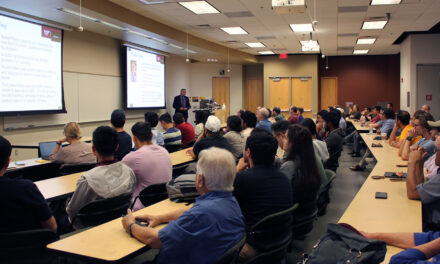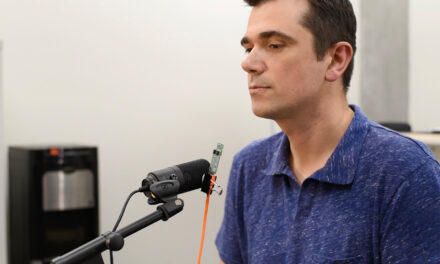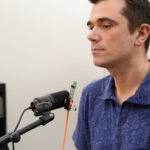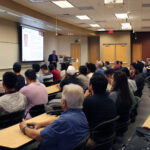
ASU alum wins dissertation award for wearable medical device
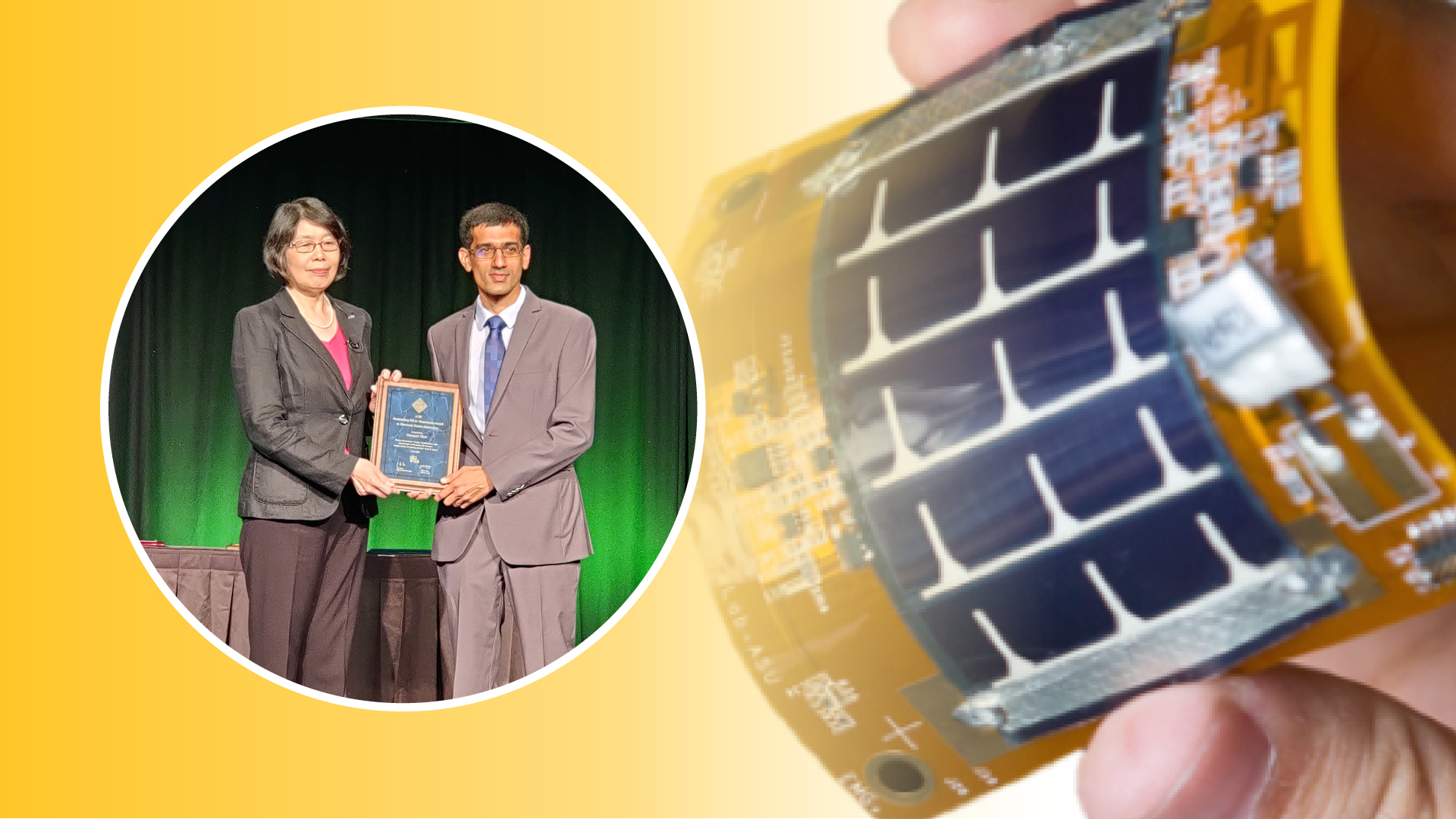
During his time as a doctoral student at the School of Electrical, Computer and Energy Engineering, one of the seven Ira A. Fulton Schools of Engineering at Arizona State University, Ganapati Bhat envisioned a device that could change the lives of patients with movement disorders. His wearable medical device could replace the need to capture parameters for bodily movement functions used by physicians in a clinical setting.
The technology can help track patients’ movements while they are going about their daily lives to give scientifically accurate measurements. Bhat decided to write his doctoral dissertation on this idea with help from his thesis advisor, Umit Ogras, a former Fulton Schools faculty member who is now an associate professor of electrical and computer engineering at the University of Wisconsin-Madison. This 2020 dissertation, “Design, Optimization, and Applications of Wearable IoT Devices,” won Bhat the 2022 Association for Computing Machinery’s Special Interest Design Group on Automation Outstanding Dissertation Award, which he accepted in a ceremony on July 13.
The judging committee, made up of industry and academic engineering experts, gives the award to a dissertation they believe represents the greatest contribution to the field of electronic design automation. Electronic design automation describes the tools and processes used to devise plans for systems such as semiconductors.
“My goal was always to make an impact on the daily lives of people in a positive way,” Bhat says. “As we started reading about the growing incidence of chronic diseases coupled with aging, we thought that wearable devices could make a huge difference.”
After working as a software engineer for Samsung in India, Bhat applied to the Fulton Schools for his graduate studies. He was impressed by the variety of course topics offered, including computer architecture, embedded systems and very-large-scale integration.
“The research projects being done at ASU were really at the cutting edge of embedded system and computer design,” he says.
Ogras and Bhat learned from each other. Ogras credits Bhat’s on-the-job experience with his knack for bringing in new ways of thinking and his strong work ethic. Simultaneously, Ogras says that as his student, Bhat progressed from smoothly completing tasks as instructed to thinking of innovative ways to solve problems.
“Before starting my academic career, I often heard that working with students was the most fun part of being a professor,” Ogras says. “My experience with Ganapati confirmed this statement.”
Bhat says that working with Ogras as his thesis advisor was one of the most productive times of his life. Bhat met Ogras shortly after arriving at ASU, learning about him from one of Ogras’ other students.
“I was trying to purchase a bike from Ujjwal Gupta, one of Dr. Ogras’ students at the time,” Bhat says. “As I talked to him, I realized that Dr. Ogras works on topics that are very interesting to me.”
Bhat then set up a meeting with Ogras about joining his research group. That meeting was the beginning of their partnership, which ultimately led to Ogras later serving as Bhat’s doctoral thesis advisor.
For his thesis, Bhat sought to solve one of the biggest challenges of wearable devices: the need to recharge device batteries. This requires users to take the devices off to charge them. The result is a gap in data; users may not put the devices back on after taking them off to charge, whether from forgetfulness or from the inconvenience of removing and putting on a device multiple times.
Bhat’s dissertation work validated his idea of a wearable device that is charged by solar power. In the future, he hopes to add the ability to be powered by the wearer’s movement. This would make the devices entirely self-powered. He also hopes to mass produce the devices as a commonly used piece of medical equipment.
Ogras commends Bhat for his work and believes the award is well-deserved.
“Ganapati produced solid theoretical results and validated them experimentally,” Ogras says. “Demonstrating a nice theory running on a hardware prototype is a significant accomplishment.”
Stephen Phillips, director of the School of Electrical, Computer and Energy Engineering and a professor in the school, agrees that Bhat’s work was well-rounded.
“Dr. Bhat’s doctoral work with Dr. Ogras includes theory, design and experimental validation, a strong combination that was recognized by the review committee,” Phillips says.
Bhat credits ASU with having a wealth of educational resources he needed to advance his education. He was impressed by the university’s facilities to support research, including the availability of libraries, laboratories and computer infrastructure.
His time at ASU gave Bhat a sense of purpose and career direction for his life after graduate school. He found a passion for academia; the research he conducted and the education he received led him to seek a university faculty position of his own.
Today, Bhat teaches classes in computer architecture and aims to add classes in embedded systems to his roster as well.
His research efforts continue his dissertation work to apply wearable devices in high-impact and real-world health applications. In the longer term, he hopes to create more self-powered, Internet of Things-connected devices to improve sustainability in the fields of health care, agriculture and remote sensing.
















